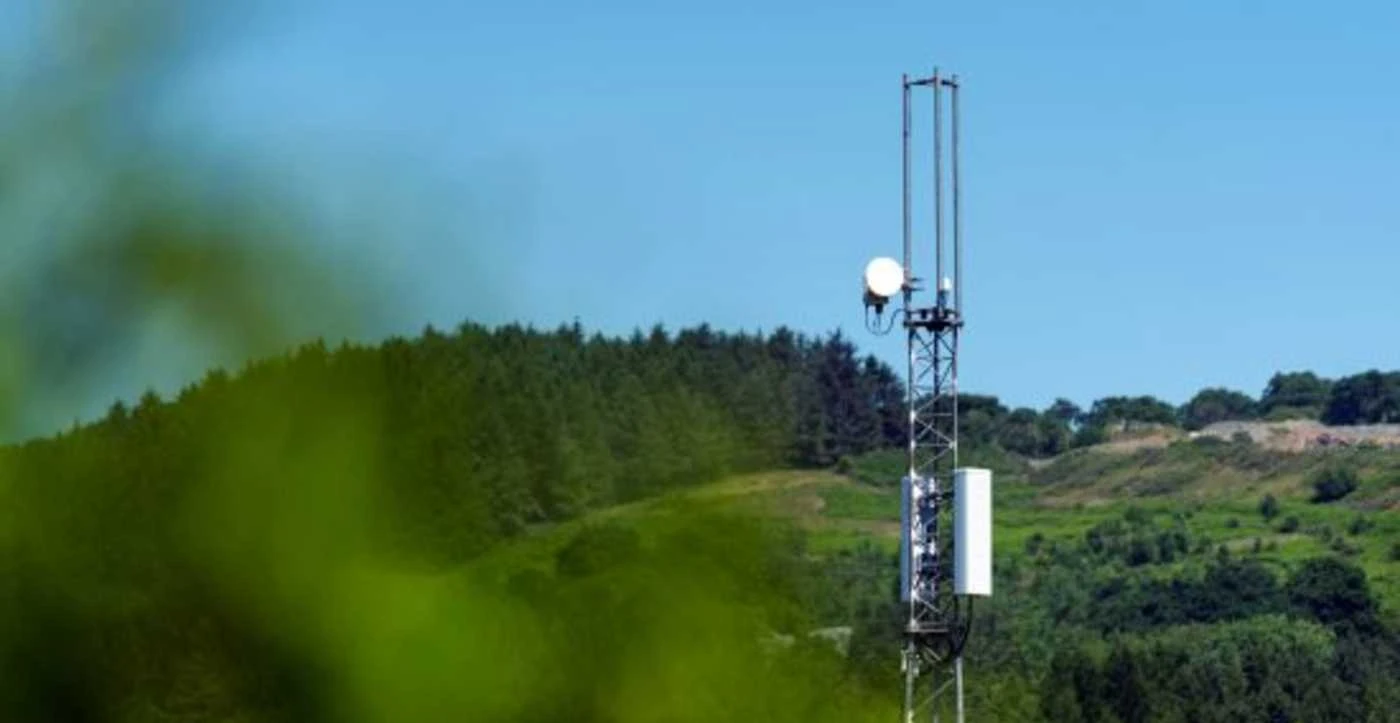A rural OpenRAN site is the first of around 100 rural OpenRAN sites that Vodafone will deploy in the UK with the vRAN supplier Mavenir. The first site is connecting Vodafone customers around the Royal Welsh Showground in Powys, Wales.
With the first OpenRAN site now live, Vodafone says it will work to identify communities across the UK where they can more economically introduce voice and high-speed data using the new technology.
Scott Petty, CTO, Vodafone UK, said:
“This is our first live OpenRAN site in the UK, and that’s an important milestone. This new approach has the ability to make us less dependent on current larger technology suppliers, and find ways to reduce the cost of rolling out mobile coverage. OpenRAN can also help close the digital divide between urban and rural Britain.”
This first site has been built on a vRAN architecture of a Remote Radio Unit (RRU), Distributed Unit (DU) on a Kontron server and a Central Unit (CU) on Dell hardware. The vRAN is in a WindRiver environment for now but will be moved to Red Hat later.
The CU is located 190 miles away in a datacentre in London, connected to the DU via a Split 2 interface. The DU is at the showground site with a 7.2 split to the RRU. Splits are the name given to whereabouts in the radio stack you “split” functionality between separate entities (CU-DU-RRU).
The showground site is a 4G site at 900MHz, with 2G to provide legacy and emergency services.
Matt Warman, Digital Infrastructure Minister, said:
“OpenRAN gives mobile companies the flexibility to use multiple suppliers in their 4G and 5G networks. This is vital to help the market grow, build resilience and give people fast, reliable and secure internet connections wherever they live and work.
“I congratulate Vodafone on its first live OpenRAN site in the UK that will benefit people in Powys. This technology can make a real difference in improving connectivity in rural communities and I look forward to continuing to work closely with Vodafone and other operators on our plans to diversify the telecoms supply chain.”
What is OpenRAN
Vodafone UK is pioneering the development of Open Radio Access Network (OpenRAN), an evolution in the way 4G mobile phone networks are built and run.
All mobile masts – big or small – have to be equipped with complex, highly specialised equipment to communicate with the rest of Vodafone’s UK network. Stored in cabinets, often at street level, these units are effectively bespoke computers where a single manufacturer has designed both the hardware and software.
They will only work with antennas and other radio elements designed by that same manufacturer and can only be controlled remotely using software from that manufacturer.
OpenRAN changes all of this, introducing far more flexibility and efficiency.
With OpenRAN, standardised, or ‘common off-the-shelf’, computing hardware is used in place of those bespoke units and is no longer tied to the software or radio elements of any single manufacturer.
This helps increase the resilience of a nationwide mobile network by widening the pool of telecoms hardware and software suppliers. More competition means more choice at potentially lower cost, particularly when it comes to rural coverage.
Tasks that require specific, heavily customised hardware can instead be virtualised. This means that it can be performed by software instead, running either locally or remotely in the cloud.
Remote cloud-based applications mean that one data centre can serve several masts. This also helps streamline the construction and day-to-day operation of masts, saving not only build time but making troubleshooting and maintenance far easier, too.
Since 2017, Vodafone Group has been leading the Telecom Infra Project’s industry-wide OpenRAN working group to define those standards. Vodafone UK has been working on and testing OpenRAN units in the lab with an eye to eventual field trials – when it feels the technology is ready.
At the moment, these OpenRAN lab units are 4G-only, not due to any lack of 5G-fuelled ambition, but because it makes engineering sense.
“You have to walk before you can run as the old saying goes,” says Daniel Shannon, one of Vodafone UK’s specialist design experts.
“As 4G networks carry less data and support fewer simultaneous handset connections than 5G networks, it makes sense to design, test and trial OpenRAN for those less demanding 4G networks first.”



